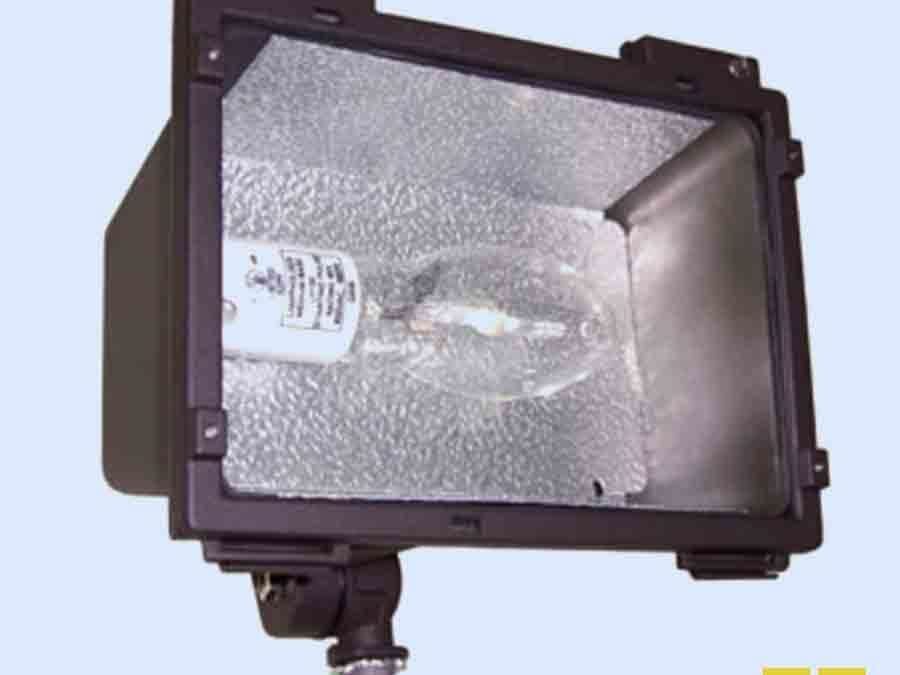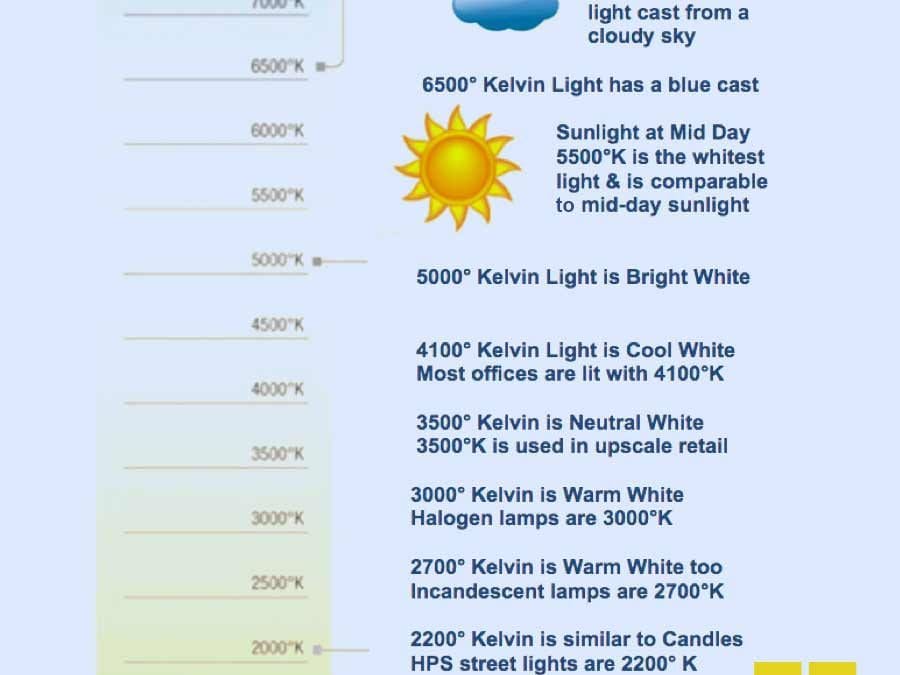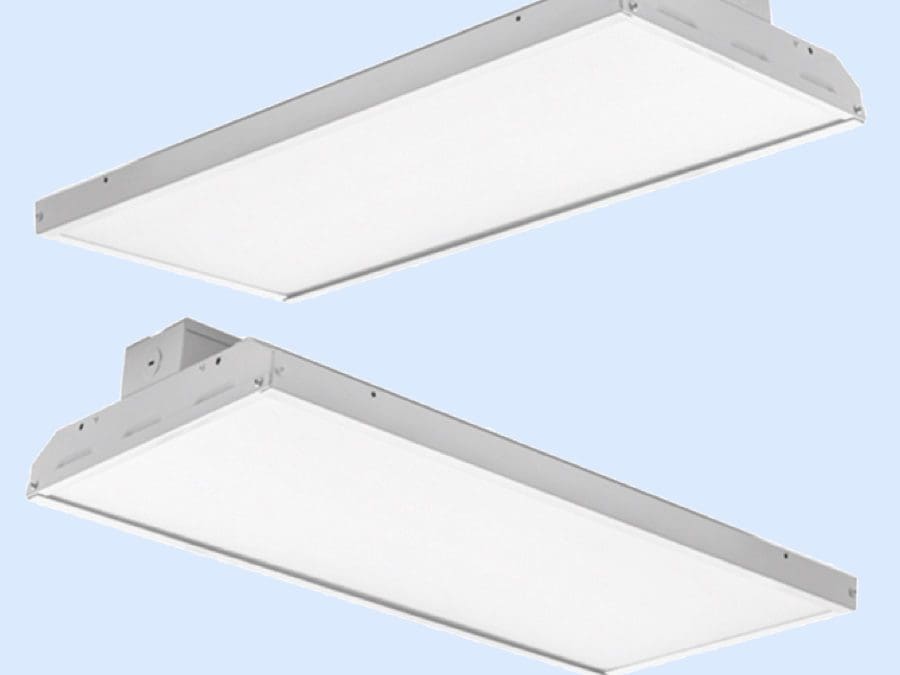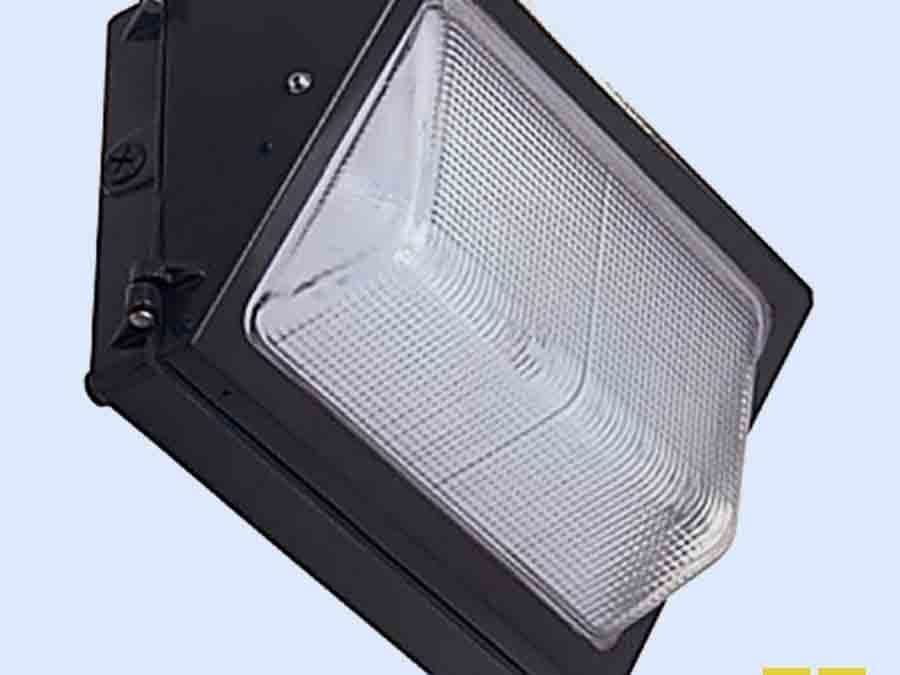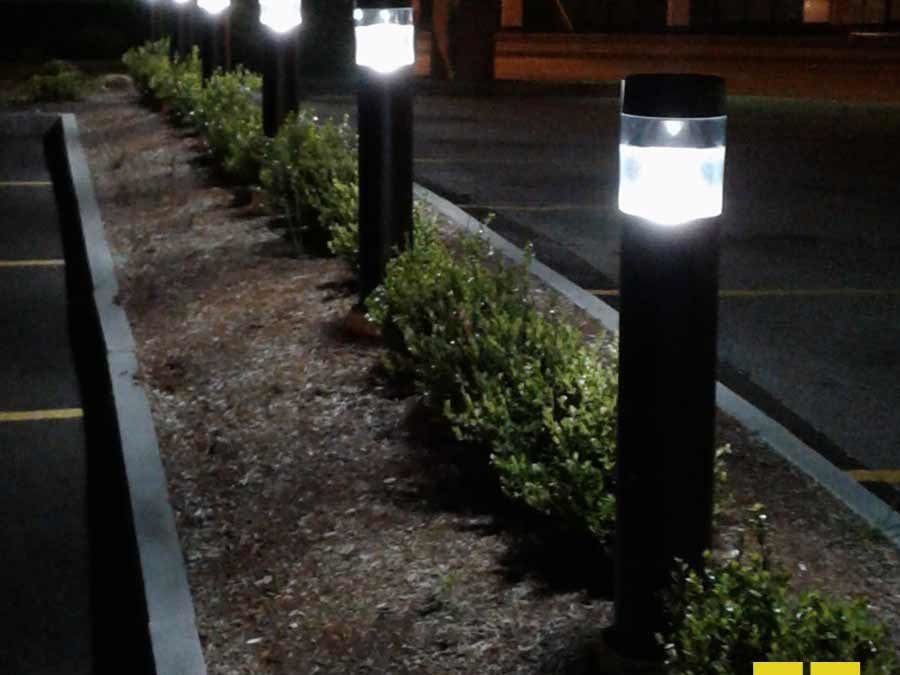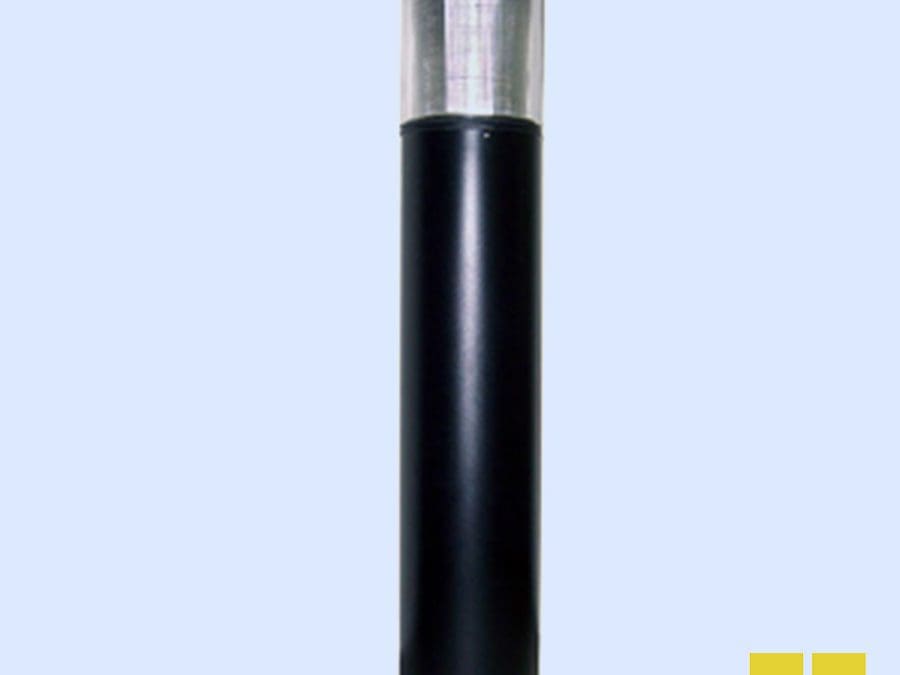Good lighting does always mean achieving the highest lumens per watt. While energy savings are important, an unattractive light quality or color temperature will negate the benefits of energy efficiency. A brighter LED source with a bluer white will typically use less energy than a warm white, but aesthetically, it isn’t always the best choice. Who would want to save energy if it means sacrificing the ambiance of the space?
We often see this problem with LED street lights. Cities will opt for LED flood lights that use the least amount of energy, which usually means harsh, blue-white light. Residents accustomed to the orange hue of high-pressure sodium lamps do not typically like the sudden shift to the cold blue light of LEDs with this high color temperature.
Color Temperature Considerations
Color temperature can significantly influence the ambiance of a space. Color temperature is measured in Kelvin; as Kelvin temperature increases, it transitions from a warmer light to a white or blueish light. A Kelvin temperature of 6500K or higher will produce a blue light similar to that of an overcast sky. Color temperatures of 3500K or lower tend to be warmer, similar to that of candle light. If you are looking for a more natural-white light, choosing a Kelvin temperature between 4100K and 5500K will be closer to the natural daylight you are looking for.
Ambient Color Temperatures
Certain color temperatures are often associated with different settings or moods. High Kelvin temperatures, like those of cool fluorescent lighting (4000K-5000K), are associated with offices or hospitals and can be seen as cold, clean, or harsh. Lower Kelvin temperatures, like that of a warm incandescent lamp (2700K), are thought to be more intimate and personal.
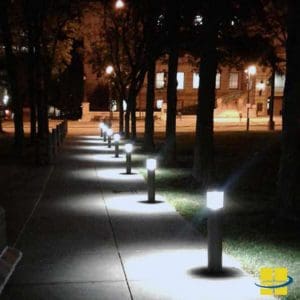 Property managers and electrical contractors should carefully consider color temperatures when choosing lighting for different spaces. Intimate settings should use warm lighting (low Kelvin temperatures), while retail spaces or spaces that require sharp lighting can benefit from higher Kelvin temperatures.
Property managers and electrical contractors should carefully consider color temperatures when choosing lighting for different spaces. Intimate settings should use warm lighting (low Kelvin temperatures), while retail spaces or spaces that require sharp lighting can benefit from higher Kelvin temperatures.
While the Kelvin temperature of a light source may not seem unattractive, everyone perceives light differently, so it’s important to consider those who will be using the space most often. Because cones in the human eye for perceiving color are connected to the X chromosome, women can see colors that most men cannot. This is assumed to be why women sometimes prefer lower Kelvin temperatures that produce warm light.
Indoor and Outdoor Kelvin Temperature
Choosing the most appropriate Kelvin temperature for your project largely depends on your space. Whether you require a warm hue similar to a sunrise or sunset, or the clear blue-toned light of daylight, selecting the best color temperature for your project depends on your preferences and space. Creating ambience is often a priority for indoor applications, such as hotels, restaurants and living spaces, and cool-toned color temperatures are popular for outdoors, storefronts, warehouses, sports, and hotel entrances. Blue-toned color temperatures are also popular for indoor applications such as office spaces, medical facilities, stores, warehouses, sports arenas, and other spaces requiring a bright, crisp light.
Oftentimes, customers are looking to upgrade to LED fixtures that match their existing luminaire color temperature. Older lighting technologies, such as high-pressure sodium, provide a distinctly yellow light, with a color temperature around 2200K. These customers are typically happy with the color of light but want the advantages of LED, such as reduced maintenance and energy efficiency. With modern LED technologies, Access Fixtures can easily provide LEDs that emit just about any color light you want—including the color temperature emitted by gas lights, historic oil lamps, and high-pressure sodium luminaires.
Speak to an Access Fixtures Lighting Specialist about 0-10v Dimming
The decision to upgrade to LED lighting can produce energy savings, but we want you to make the right decision. LED lamps are not all created equal, and choosing the appropriate Kelvin temperature can be the difference between an attractive space and one that causes people to be uncomfortable. Call the lighting specialists at Access Fixtures today to discuss your project. We are passionate about lighting and love what we do—we’ll find you a solution. Contact us at 800-468-9925.


